Table of Contents
Advanced Practice Psychiatric Nurses
The 13% risk score reflects the overall automation risk of your profession on a scale of 0–100. The higher the score, the more likely parts of your role could be handled by AI, increasing efficiency, but also raising the possibility of job disruption. Nearly all jobs include tasks that are automatable to some degree.
In this role, you assess, diagnose, and treat individuals and families with mental health or substance use disorders or the potential for such disorders. apply therapeutic activities, including the prescription of medication, per state regulations, and the administration of psychotherapy. Your job is considered Low Risk for AI automation.
Below is your job's AI vulnerability profile with detailed breakdowns of tasks, knowledge areas, skills, and abilities. Each item includes AI risk scores and importance ratings to help you prioritize what to focus on. Remember, look for tasks that you can automate in your job to make you more productive, while focus on developing the areas that AI cannot easily automate. Plus, explore the technology section to see what tools and software you'll likely encounter in this role and therefore can look for AI alternatives.
You're already ahead of the curve by checking your risk and exploring your options. This project goes beyond one role, we’re building a global job warning system to help everyone stay ahead of AI. By supporting our research, you’ll unlock your full job profile, including detailed risk breakdowns, trend alerts, and priority access to new research. Supporting our research not only gives you deeper insights into your own role, it helps us keep this project alive for millions of others navigating the future of work, but don't worry, if you are not ready to support us, we provide enough free insights to get you started.
In the meantime explore the sections below, and don't miss the What to do next? section for practical steps you can start today.
Jump to Section
On the job, you would
On-the-job activities and responsibilities that define your role. Each task is analyzed for automation potential and contributes to your overall AI risk assessment.
Teaching mental health classes includes human interaction, empathy, and adaptability, which are difficult for AI to replicate.
Professional development like attending conferences is inherently human and cannot be automated.
Monitoring supplies is structured and well-suited to inventory management systems with AI assistance.
Developing protocols based on research review requires clinical reasoning and human judgment.
Designing public mental health programs requires contextual understanding and creativity, limiting AI automation.
Treating routine health issues may include some procedures that AI could assist with, but human interaction is essential.
Prescribing medications follows rules that AI can help manage, but clinical judgment is still required.
Referring patients involves understanding nuanced medical needs and context, which requires human decision-making.
Health screenings involve structured processes but still require physical examination and patient interaction.
Knowledge
Theoretical knowledge and understanding required for your position. Knowledge areas are evaluated for AI replacement likelihood and factor into your risk score.
Skills
Practical abilities and competencies you need to perform your job effectively. Skills are assessed for automation vulnerability and help determine your AI risk level.
Abilities
Innate and learned capabilities that enable you to succeed in your role. Abilities are analyzed for AI replication potential and contribute to your overall risk assessment.
Technology Used
Tools, software, and technological systems you use in your work.
Expert Insights
Add Your InsightsExpert comments on the job, click on the expert to see their answers.
Loading expert insights...
Loading expert insights...
What to do next?
Great news — your role is fairly safe for now, but it's smart to stay proactive. Choose your strategy below:
Recommended for Low Risk:
- • Upskill: Focus on human-centric skills that AI can't easily replicate (creativity, emotional intelligence, strategic thinking)
- • Use AI: Learn to leverage AI tools to enhance your productivity and stay ahead of the curve
- • Stay Alert: Monitor changes in your field to maintain your competitive advantage
Each tab contains curated resources designed to help you take the next step. More resources will be added over time.
Top Learning Platforms
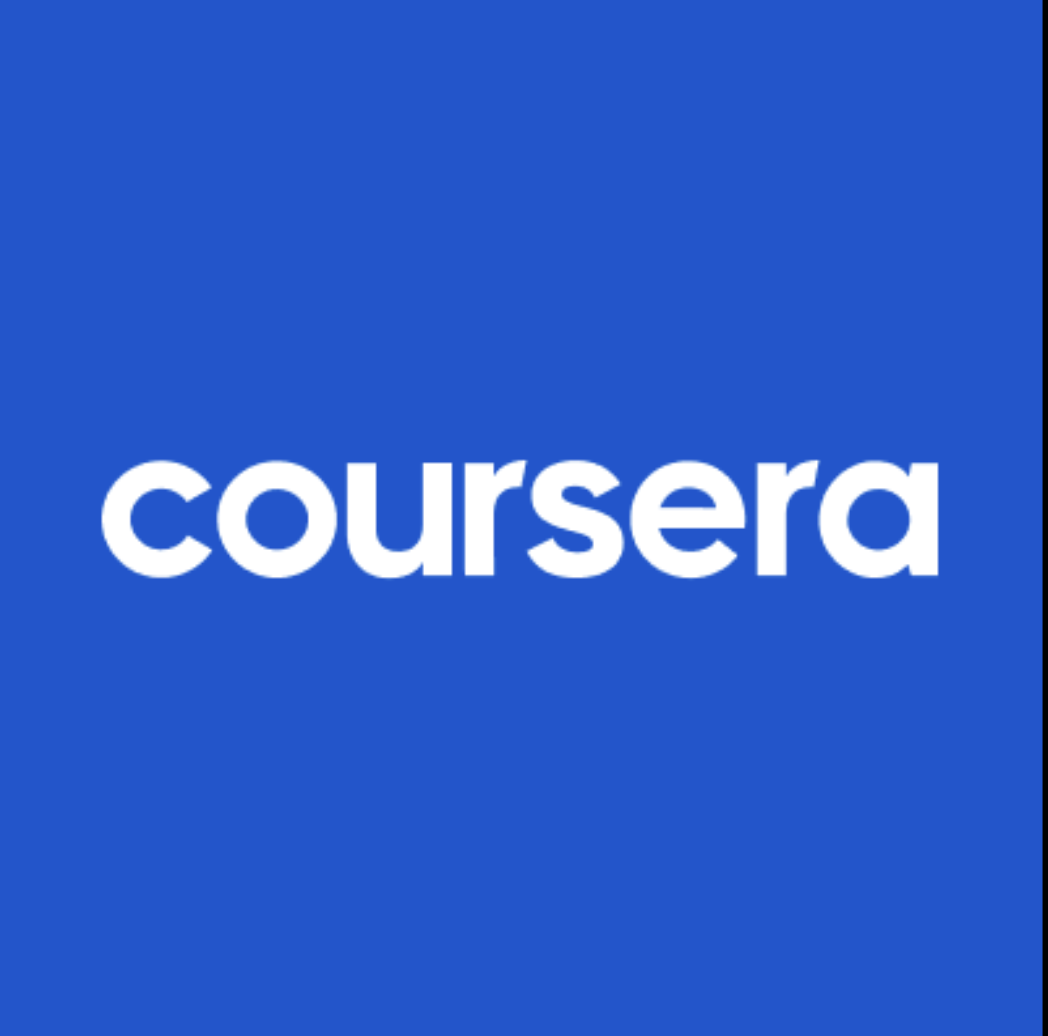
Coursera
Unlimited access to 2,000+ courses from top universities.
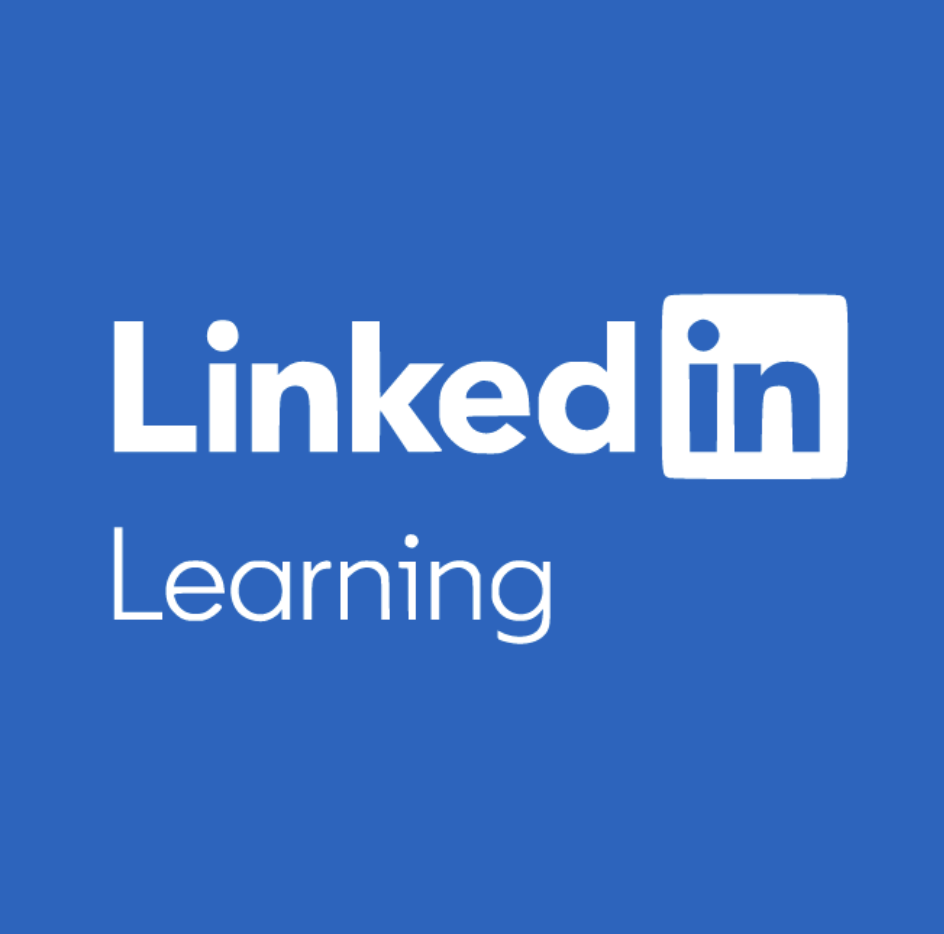
LinkedIn Learning
Short, practical videos for on-the-job upskilling.
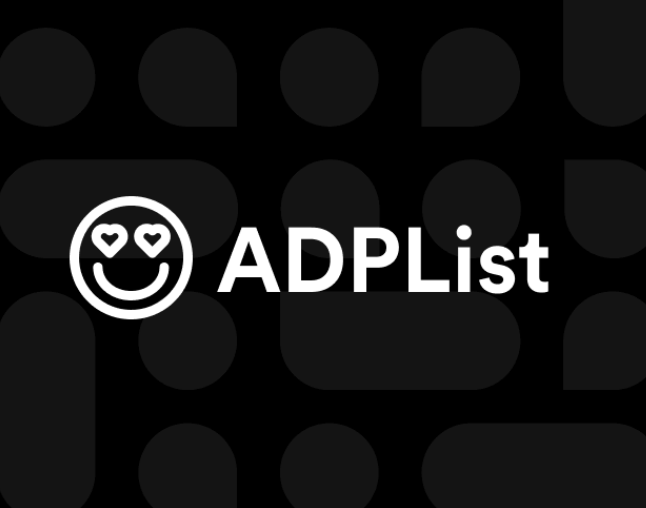
ADPList
Free global mentorship from experienced professionals in design, product, and tech.
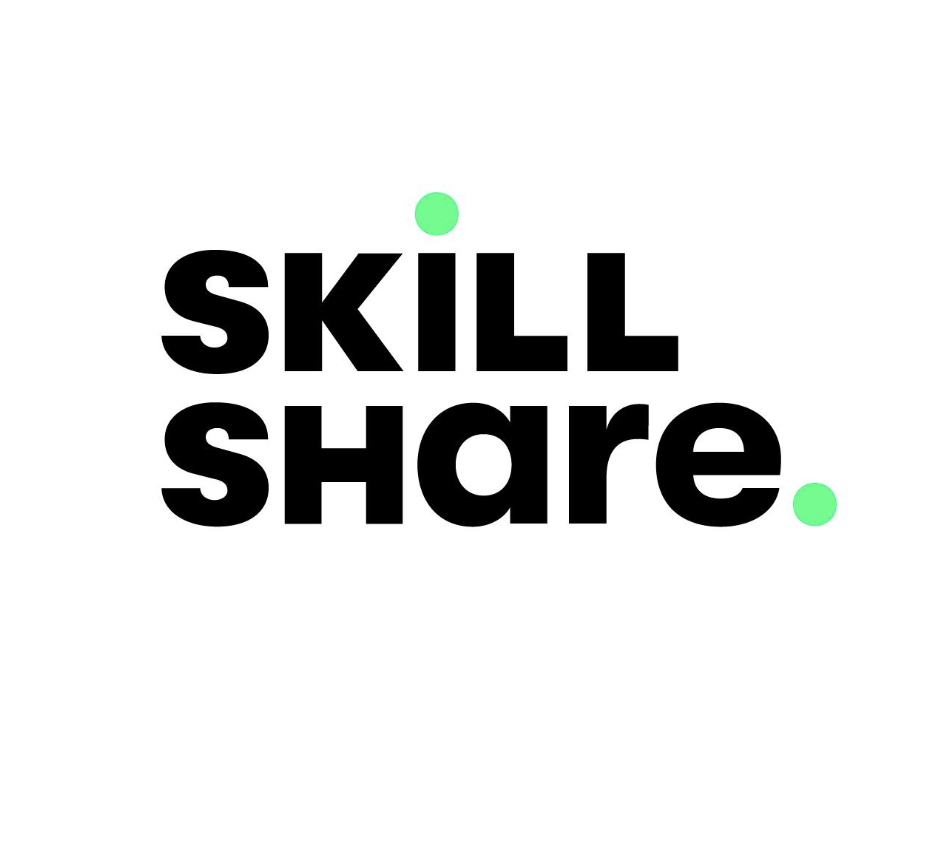
Skillshare
Hands-on creative workshops to build your portfolio.
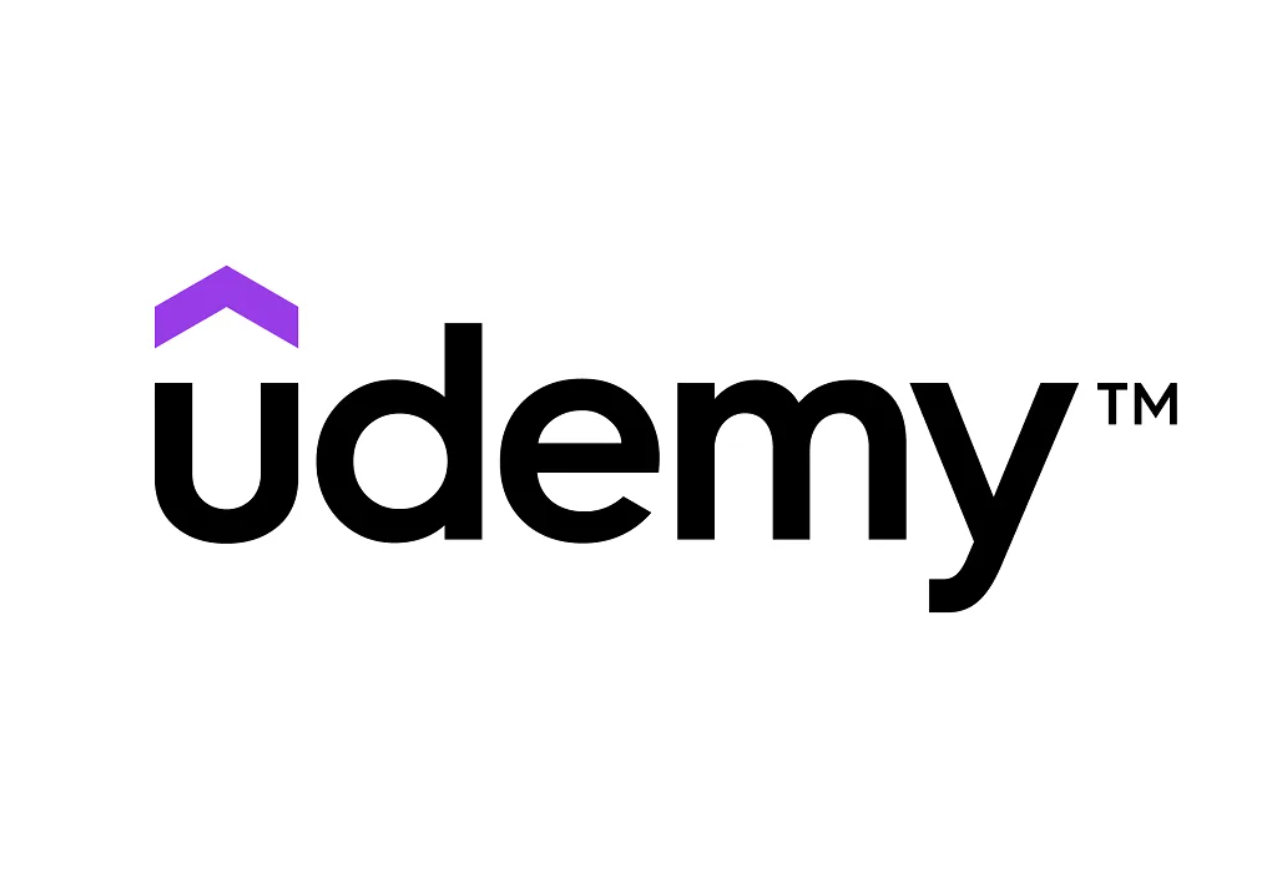
Udemy
Affordable deep dives on tech, leadership & more.
Top Learning Platforms

Coursera
Unlimited access to 2,000+ courses from top universities.

LinkedIn Learning
Short, practical videos for on-the-job upskilling.

ADPList
Free global mentorship from experienced professionals in design, product, and tech.

Skillshare
Hands-on creative workshops to build your portfolio.

Udemy
Affordable deep dives on tech, leadership & more.
Frequently Asked Questions
Based on our analysis, a this role has a 13% AI risk score, which is considered low risk. While some tasks in this role may be automated, the profession as a whole is for now, relatively safe from complete replacement. The key is understanding which specific aspects of your job are most vulnerable, some of which are shown on this page.
Want more detailed insights about your AI risk?
Get personalized recommendations, detailed task analysis, and ongoing AI risk monitoring with our premium insights.
Unlock Premium InsightsWill You Let AI Replace You?
Stay ahead of AI changes in your field. Get personalized updates about its impact on your career.
Join our community to receive curated insights about AI's impact on your role and industry.
Ad Space
This section is reserved for relevant ads or promotions.
